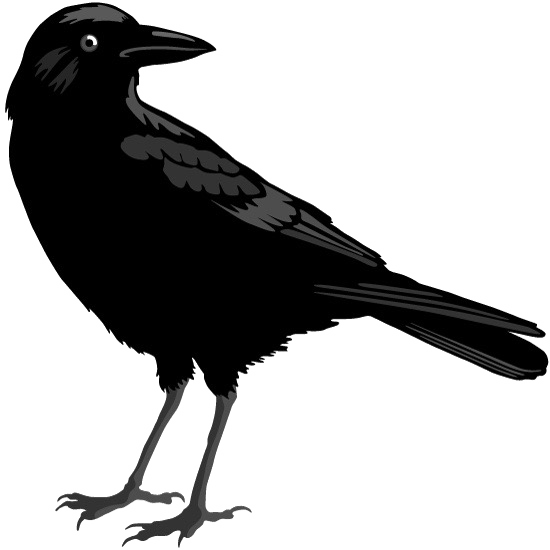Subculture
Why Thinking Outside The Box Is NOT What You Think It Is
Why Thinking Outside The Box Is NOT What You Think It Is
I remember sitting in my first brainstorming session as a Communications Intern 8 years ago, when the account handler encouraged us to think outside the box and present a big idea to communicate the client’s business objectives. Like Professor X, I went deep into my mental faculties, I thought long and hard, I read Comms case studies, I thought some more, and came up with nothing. It really baffled me, how did I come up with nothing? Does this mean I’m dumb?
I have since developed as a Senior Consultant in my current profession and I have been part of several brainstorming sessions. I have also worked with some of the biggest brands in Nigeria and delivered several high level campaigns. The singular summation of my experience in delivering campaign strategies has been this – the most obvious solutions are the ones hardest to come by because of the self-imposed cultural constraints we work within.
‘Thinking outside the box’ what does that even mean? What is the box? How do you think outside of it? Simply put, the ‘box’ is the subculture we exist in as individuals in the society, and thinking outside of it means intentionally experiencing other subcultures that helps us see our challenges from a different perspective and help us get it. For the layman, subcultures are anything with a process or unique way of doing things – could mean industries, religion, professions, ethnic groups, social class, schools, fashion houses, animal groups, or even mechanical things like cars, blenders, hair dryers and so on. It’s basically anything that has an influence on our perspective.
The most important thing to understand about this statement of innovation heuristic is that ‘thinking outside the box’ is not really so much about your intelligent quotient (IQ), but your emotional quotient (EQ). ‘Thinking outside the box’ is also not about how much time you dedicate to thinking about it. Think about the statement ‘outside the box’ as a Venn diagram – your solution lies at the center of your experiences, and two other unique experiences. Now, depending on the challenge you are trying to solve or the sector you play in, your EQ will help determine what differing experiences are worth simulating or which unique experts to sit with in order to crack the case.
If you’ve seen Mad Men, you’d recall that the opening scene of the legendary advertising series illustrates exactly what I outlined in the preceding paragraph. Don Draper, creative director of the fictional Manhattan advertising firm, Sterling Cooper, is trying to solve an advertising challenge for Lucky Strike – a cigarette company, one of his agency’s top accounts. He is shown asking the busboy attending to him why he smokes a competition’s cigarette brand and the waiter provided a simple answer that refocused Don’s perception and helped him solve his challenge. Mind you, this scene was set in 1960 America when segregation was at its peak. Don is a young and accomplished white man, talking to an older black man who has nothing in common with the people he is trying to sell to, yet uttered the words that were key to a major insight for Sterling Cooper.
To illustrate further, if as a non-smoking Product Manager, I have been commissioned to lead a product development process for a smoking app, the mental model I am working with is limited because I do not possess knowledge of a smoker’s motivation, behavioural processes and incentives of the smoking experience. The reasonable thing to do in that case will be to covertly study the smoker by living their subcultural experience – get familiar with smokers at different stages of the habit, hangout where smokers hangout, talk to the sales people for cigarette brands, and talk to researchers of cigarette brands. By the time you are done, you would have a holistic perspective to the product user that will inform the interaction and brand design strategies that will make your product successful. This is why method acting exists, but that’s an aside.
I will end this article with the ancient story of a group of blind men who had never come across an elephant before. They learned and imagined what the elephant was like by touching it. The first person, whose hand landed on the trunk described it as a snake, another described its ear as a kind of fan, another described its leg as a tree-trunk. The blind man who placed his hand upon its side said the elephant is a wall. Another who felt its tail, described it as a rope. The last felt its tusk, stating the elephant is that which is hard, smooth and like a spear.
Each blind man failed in their description as a result of limited experiences. As process managers, business men, builders, and consultants, we are all blind men. Ultimately, whoever succeeds in solving innovative challenges is the person who has experienced the full picture. You should strive to be the blind man who touches all parts of the elephant. It takes time, but you will win, eventually, and the win is usually long-term.

